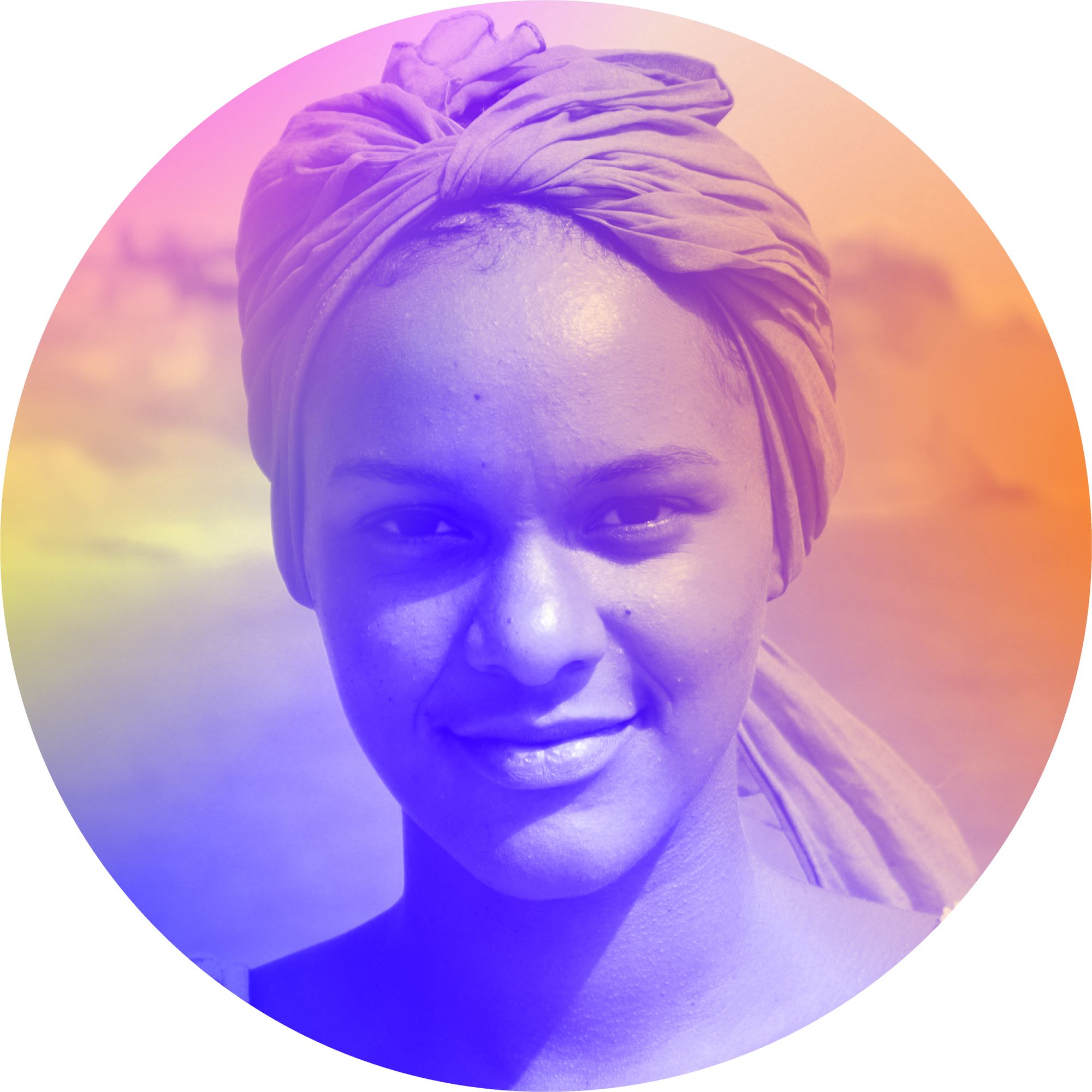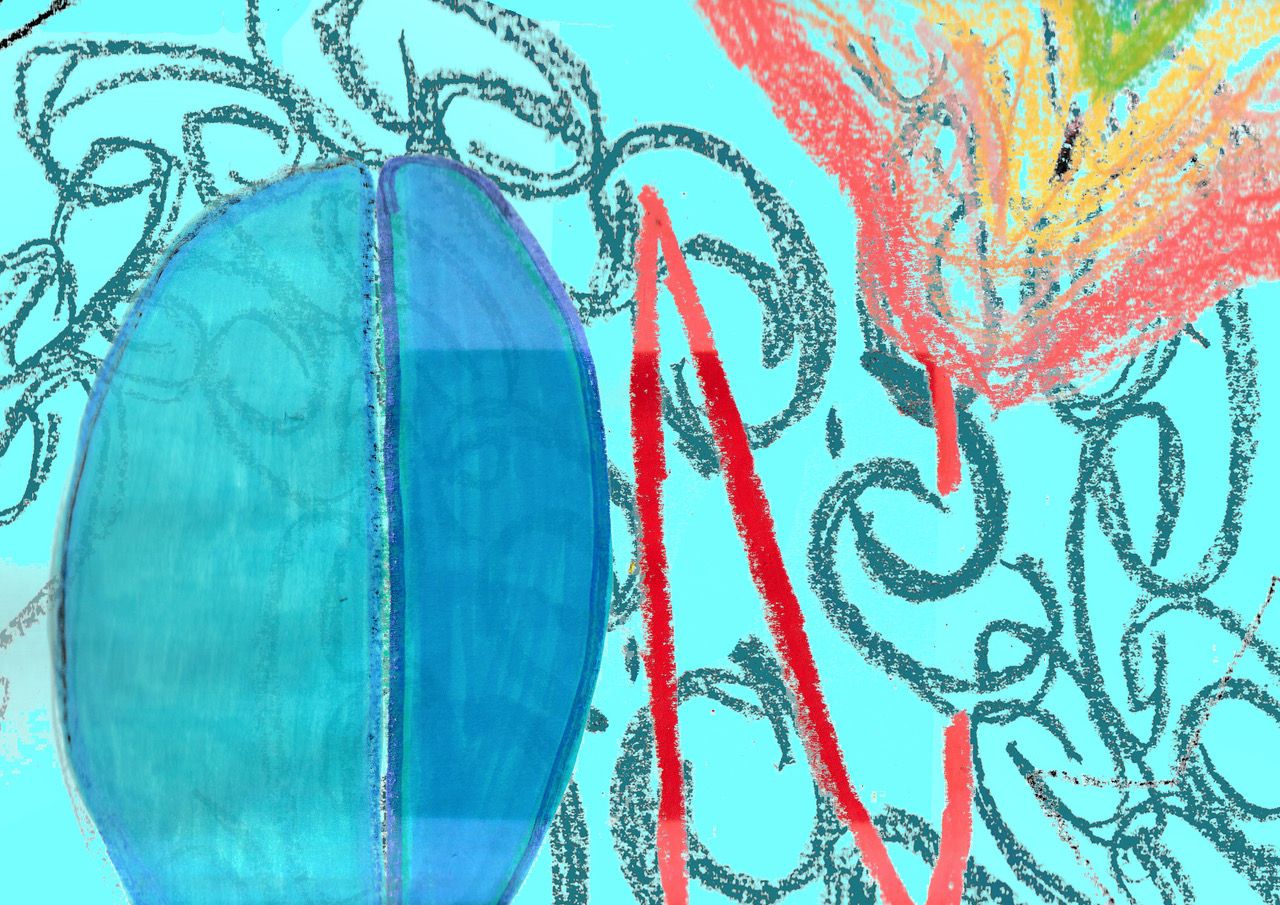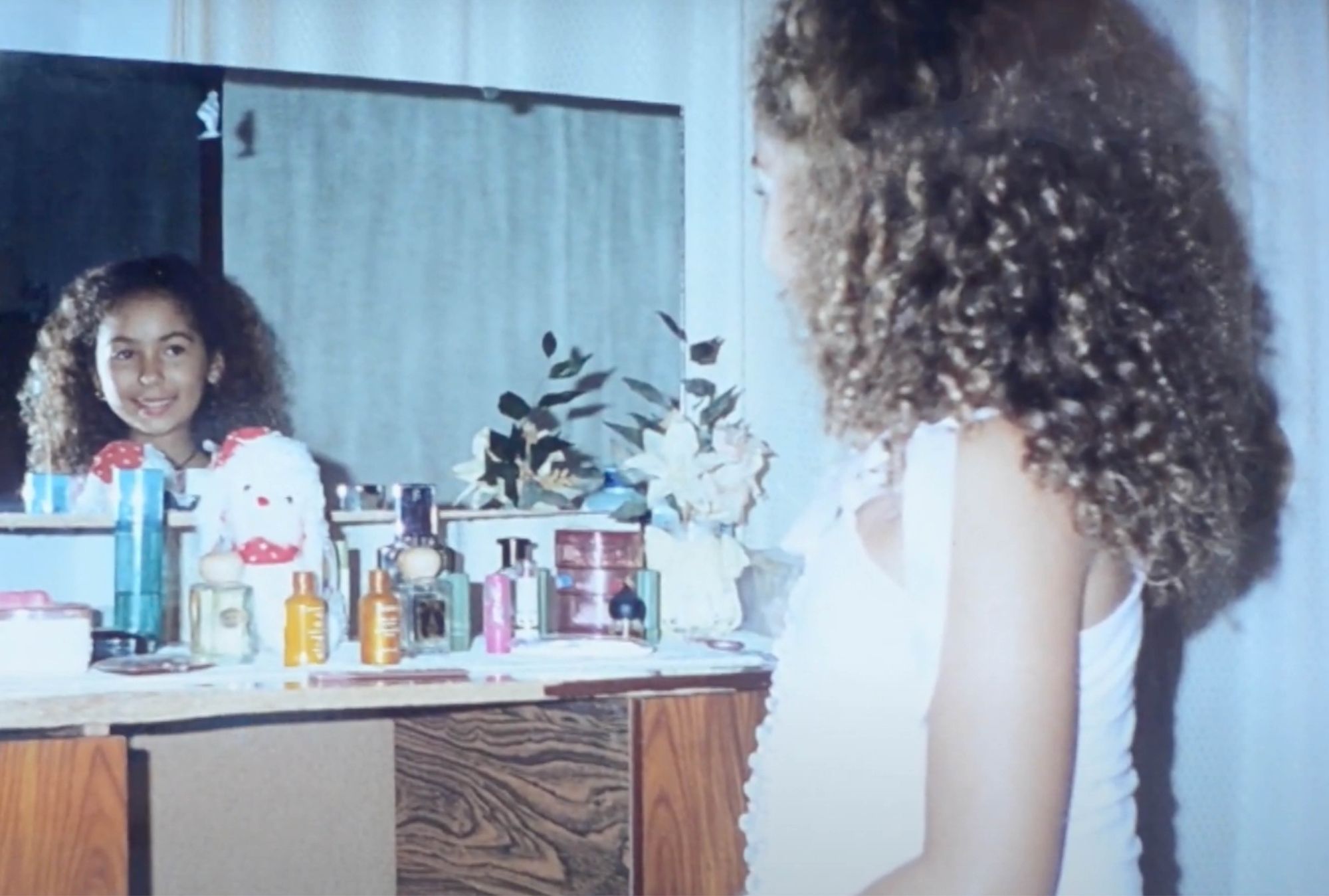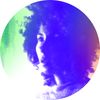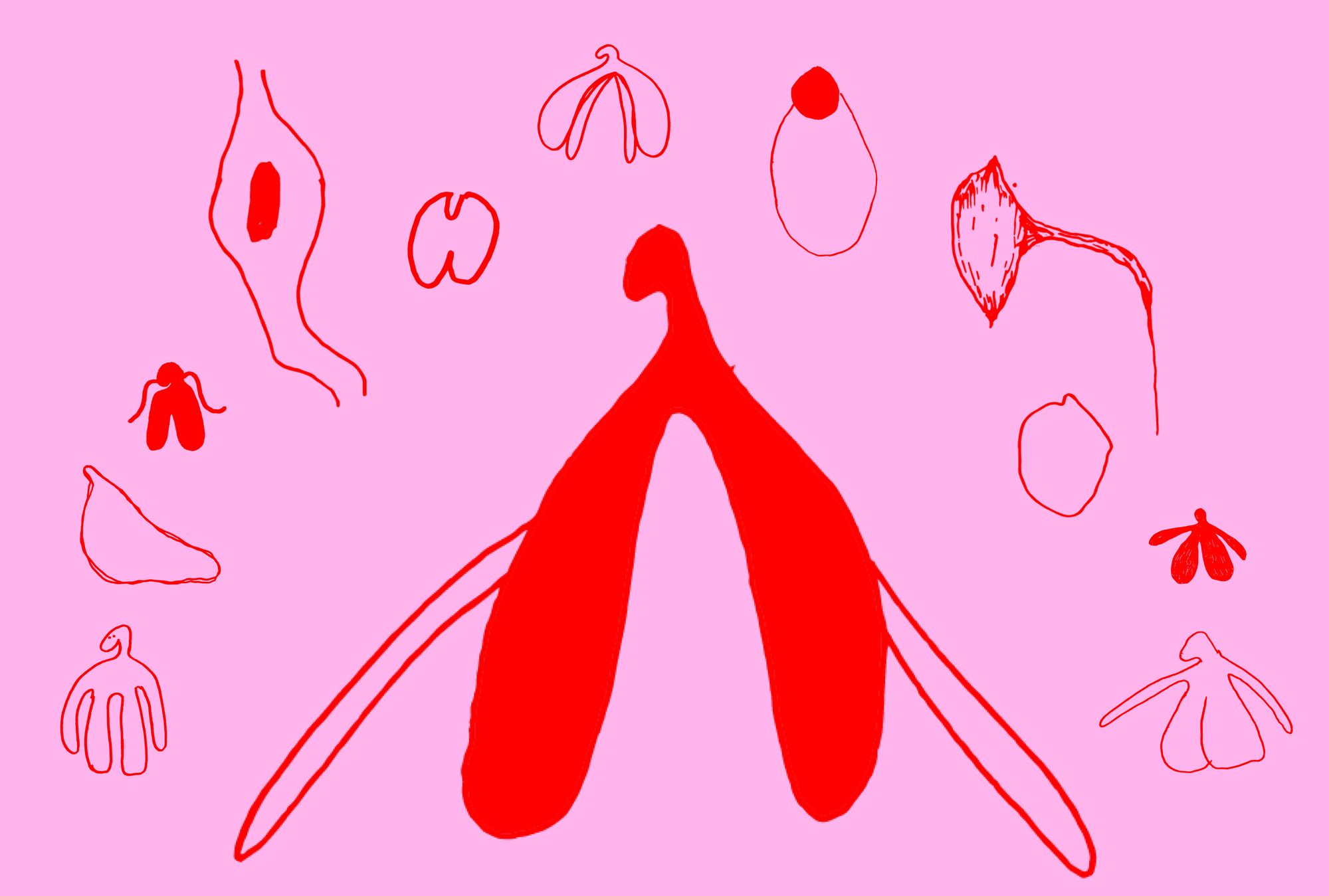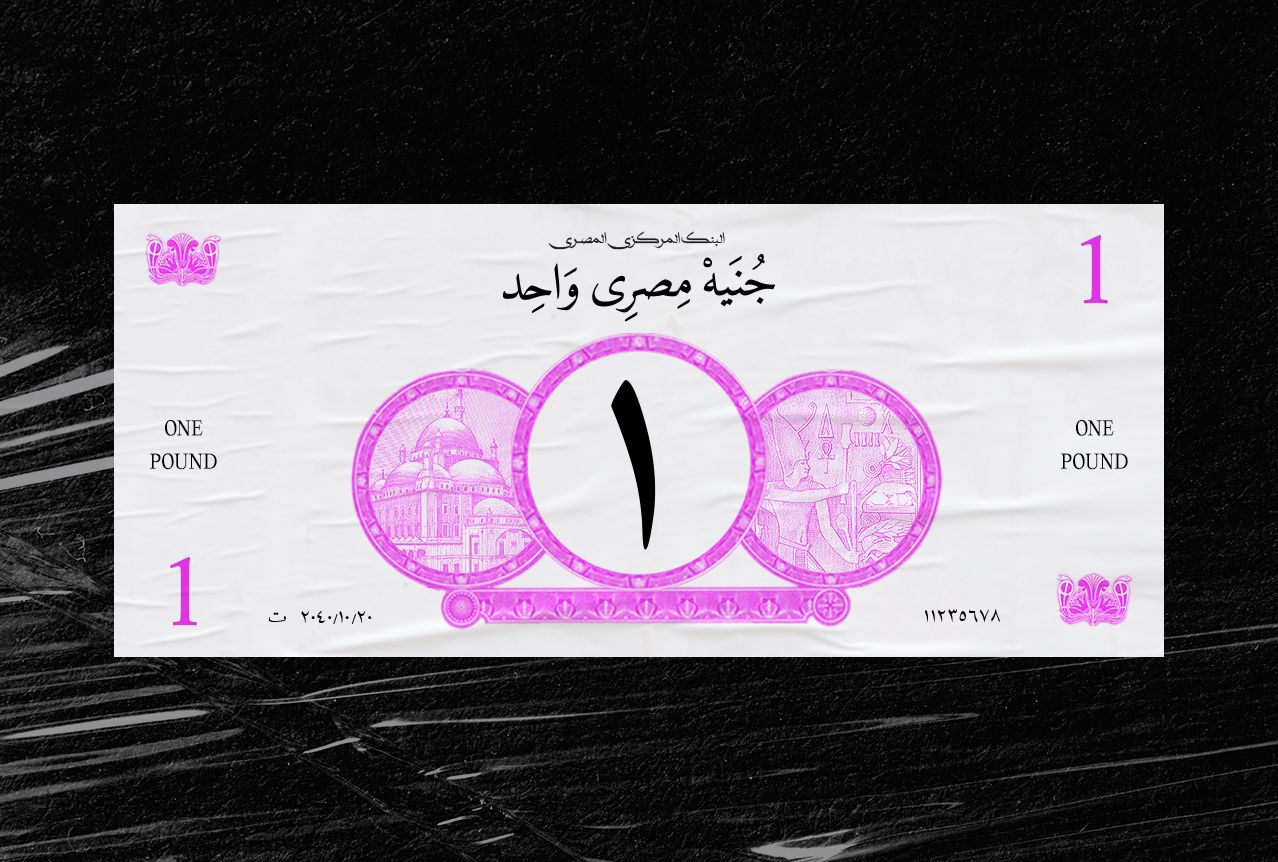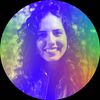
I often wonder where I am. Not in the sense of being lost in a city or any mappable place for that matter, but rather in the sense of not knowing where I exist, where this thing that I think of when I say I manifests, and how. Where I am and where I am not.
Bodies do not act and cannot be perceived in a neutral space.
I is not my hair.
I is not my skin.
I is not my minimal IDentity.
Humans have been conceptualizing, debating and inventing around the nature of I for centuries. In different ways, many have expressed that there is a soul or a spirit within the earthbound body and that, therefore, we are more than our bodies, and exist before, beyond and outside of them. But have they not also—and maybe grudgingly—admitted that we must exist within these bodies, and that we should love and care for them?
While I do not believe that many—if any—of us have had the chance to learn or imagine what that love and care might really look like or feel like, I do believe that we often mistake it for our attempts to alter, extend, reduce or overcome the body, treating it as separate from our selves. I can hurt my body while trying to protect my self. I can alter my body while trying to become my self.
For those of us who exist within historically “othered” bodies, alteration in the sense of assimilation or “passing” can be a strategy for survival used to shield and protect the self from exposure, abuse and violence, hoping that it will be “loved” and “cared for” most if disguised within or invisible upon the body. Alteration in the sense of non-performance or refusal on the other hand can be a tool of liberation, a radical practice of externalizing and becoming the self.
It would seem logical and very much in accordance with traditional beliefs of the soul or spirit as pure and divine that we elevate our selves over our bodies because we supposedly guard our selves so much more carefully, and hurt and expose them so much more reluctantly…
But do we not on some level elevate our bodies over our selves as well? While we hide the self, we inevitably let the body be seen, touched, and hurt. In doing so, we accord it with a real and tangible place in the world. We define it. We give it value. We know where it is.
The underlying assumption in both of these scenarios, however, is that I am not in my body; that I have either never inhabited or been removed from the place where my body is; and that I might now only try to reappropriate that place, or to control it.
Because it is inevitably our bodies and not our selves that are first and inevitably exposed to and shared with others, it is natural perhaps, that we give bodies meaning, that we code them, read them. It is generally this meaning that we call “identity.”
To be able to apply any such category to ourselves or to others, i.e. to identify a body with meaning, we must—somehow uncritically—assume that our bodies in themselves represent entities. That it is possible for us to perceive a body as a thing that is given a name and an outline, which clearly, unequivocally demarcates it from what it is not, and thereby defines it.
And is it not, in fact, a lot easier for most of us to describe what our body is not, than to describe what it is?
Most people will readily agree that their body is not their desk or their fridge. That it is not the glass from which they drink, or the chair on which they sit. They would probably also agree that their body is not someone else’s body.
These observations feel so obviously true that it seems almost ridiculous to even point them out. But I am not entirely sure that it is. If we extend this thought to other domains, we see that the lines between body and other, and body and thing, quickly blur. Is it not, for example, much less obvious that a performance artist’s art piece is not their body, or that a sex worker’s capital is not their body, or that a pregnant woman’s child is not her body?
“I have come to understand my body as mostly existing somewhere in between definitions.”
My own body has never had any innate, constant definition; instead, it seems to always change in relation to what surrounds it, and—most importantly—who perceives and names it. It has never been “dark, light, masculine, feminine, large, small, fat, thin, beautiful, ugly etc.” for more than certain moments in time and space. As a consequence, I have come to understand my body as mostly existing somewhere in between definitions. It is relational. In societies that are unable to describe many things outside of a binary system, i.e. without constructing difference, this space in between and around the bodies, which occupy it, represent not only a problem but also a threat.
In her book Glitch Feminism, curator and writer Legacy Russell observes that “it comes as little surprise that under white patriarchy, bodies—selves—that cannot be defined by the ‘primary gaze’ are pushed from the center. […] As flat shadowy figures standing at the margins, we are stripped of the right to feel, to transform, to express a range of self. […] Where imperialism has touched, where neo-colonialism continues, the force of flattening can be found. If one can render another body faceless and unrecognizable, if one can pin another as subhuman, it becomes easier for one group to establish a position of supremacy over another.”
But how do we render bodies faceless and unrecognizable?
In chapter five of Black Skin, White Masks, Frantz Fanon describes his experiences as a Black man in Paris’ public spaces. He recalls one situation in particular where, as he is passing by a mother and child, the child exclaims to its mother: “Mama, see the Negro, I’m frightened!” He goes on to explain the emotional aftermath of his experience and finally writes: “On that day, completely dislocated […], I took myself far off from my own presence and made myself an object. What was it for me if not a detachment, a tearing-away, a haemorrhage […]?”
While Fanon’s retelling of what happened to him clearly illustrates the cognitive dissociation that occurs between the self and the body when the body is coded, read, and misdefined; what strikes me most in this passage is the fact that he still accords himself with agency in this situation. Instead of saying: I was taken from my own presence and made an object, he specifically writes that he took himself from his own presence and made himself an object.
And although he clearly describes this process as extremely violent and traumatizing, as a tearing-away and a haemorrhage, he does not describe himself as purely passive or his reaction as random.
If we say that the body acquires meaning, i.e. identity, when exposed to others, Fanon’s body—having been misread, misnamed and therefore locked within someone else’s definition of it—is already an object before he decides to remove his self from it. He cannot prevent the child from saying what he or she said. He cannot protect his body from being exposed or objectified, but he does attempt to at least protect his self by taking it far off from his own presence where it is under attack. And does he not thereby clarify—if only for himself—that he is not in fact that object?
What I wonder about today is if, beyond this feeling of dislocation and trauma that we experience when our assigned identity does not match our feeling of self, can we not maybe also find power and agency in the separation of body, i.e. meaning, i.e. identity and self; and experience this power as an embrace of difference within ourselves or, in the words of Legacy Russel, as an “exercise of the right to be blurry, unfixed, abstract”?
minimal id entity is an artistic research project located at the intersection of poetics and visual art. It is based on the assumption that identity has meaning, and is created as something constantly pre- and redefined as well as enclosed within specific languages of visual and associative codes.
The artwork included in this publication was created between July and December 2020. As part of a larger photographic series, it explores if and how certain supposed markers of identity contain meaning and perform/non-perform when separated from the physicality of the living body. The six chosen photographs are digital photomontages that comprise elements of self-portraiture and costume, as well as installation views of multiple hair pieces made of wire, plaster and synthetic hair, all of them manufactured, staged and photographed by Dior Thiam.
Dior Thiam (she/her) is a multidisciplinary visual artist. Throughout different mediums, she explores untold histories, exoticism and the specific historical knowledge held by social and individual bodies. Her work raises questions around the localities of knowledge and the issues of memory and remembrance, drawing inspiration from historical events and occurrences, from poetry and prose as well as from personal experiences. After starting to study philosophy and social sciences at Humboldt University Berlin in 2012, she broke off her studies and turned to painting, enrolling at Leipzig Academy of Fine Arts in 2015. From 2019 to 2020 she was a guest student at Institute for Art in Context at Udk Berlin. She currently studies with Mathilde Ter Heijne at Universität der Künste Berlin.
Her work has been exhibited at G2 Kunsthalle Leipzig, Savvy Contemporary Berlin, Institut Français Dakar and as part of “Gorée Regards Sur Cours” on Gorée Island in Senegal. Over the last two years, she has collaborated with and been featured online by Galerie Le Manège Dakar, Garageland Magazine, Institut für Auslandsbeziehungen (IFA), ContemporaryAnd (C&), frame-less magazine. Her poetry was first published in print this year in the book Sisters & Souls, New Inspirations by May Ayim, edited by Dr. Natasha A. Kelly and she has just completed the inaugural residency of the project Dekoloniale - memory culture in the city with an installation and the direction of a joint and public performance in Berlin’s Treptower Park. Dior lives and works in Berlin.
The title of this vertical, Vulnerable Observers, is an homage to anthropologist and author Ruth Behar and her book “The Vulnerable Observer: Anthropology That Breaks Your Heart.”
This text was produced as part of the Against the Grain workshop.

